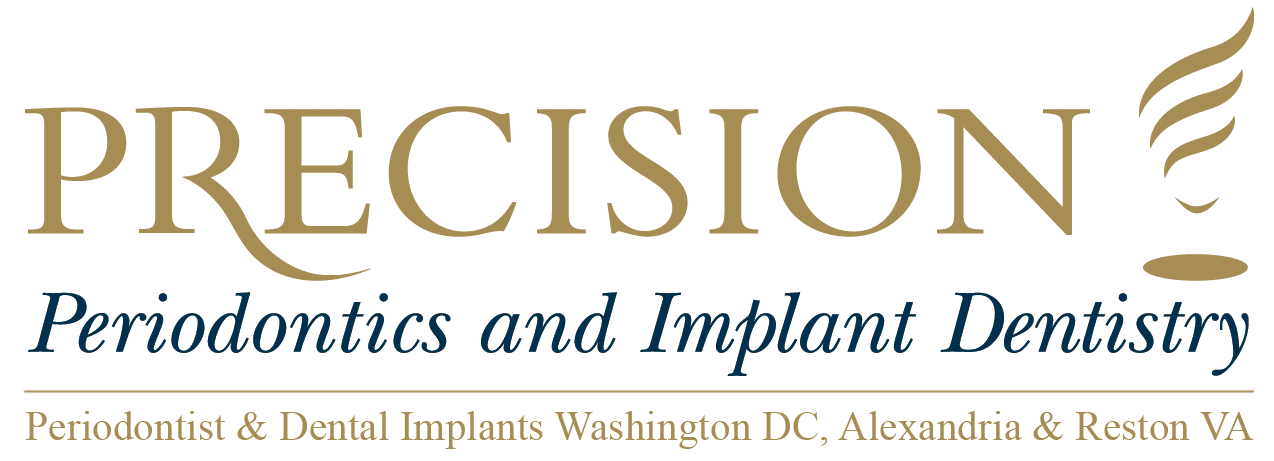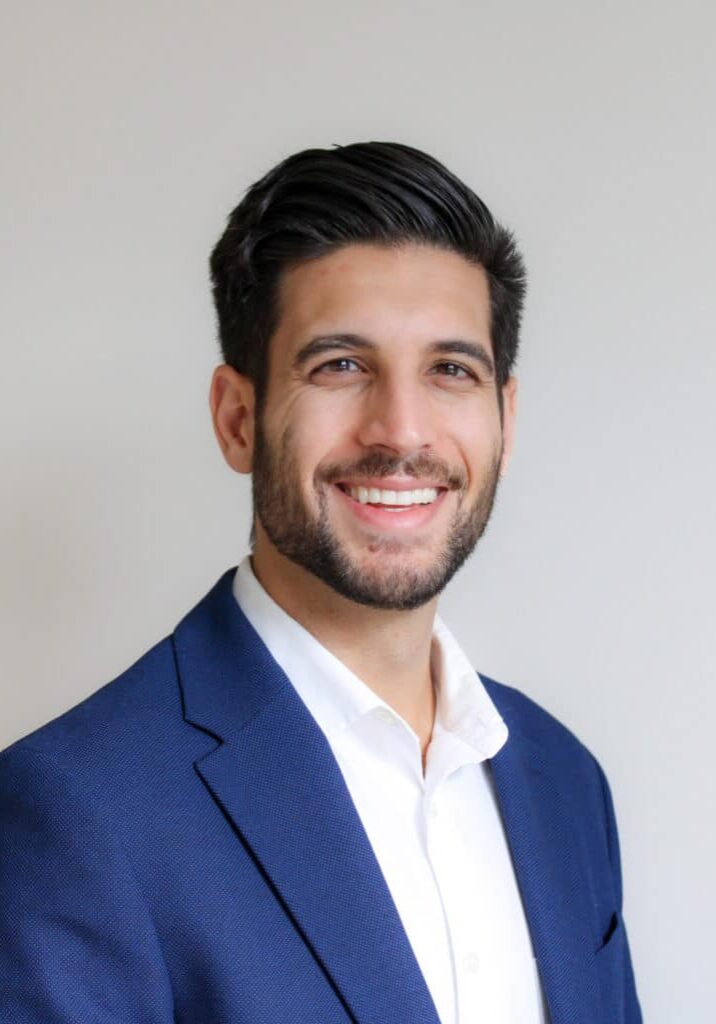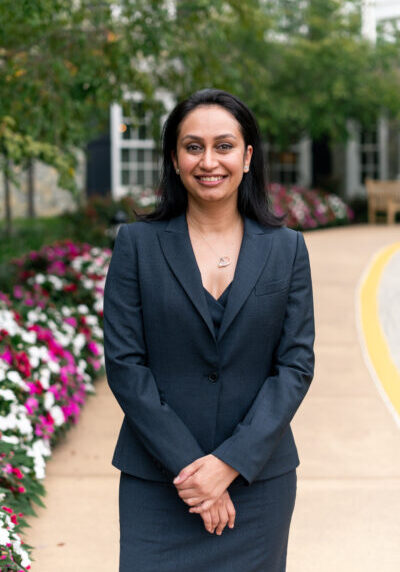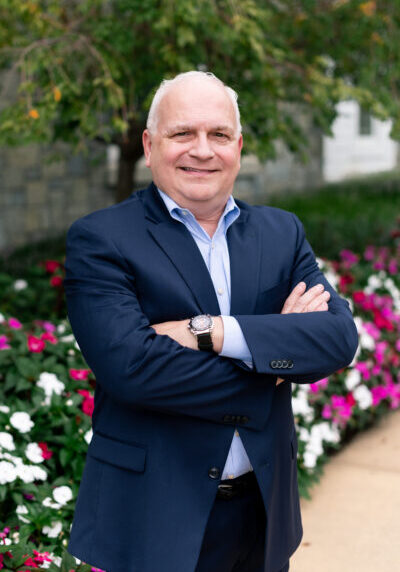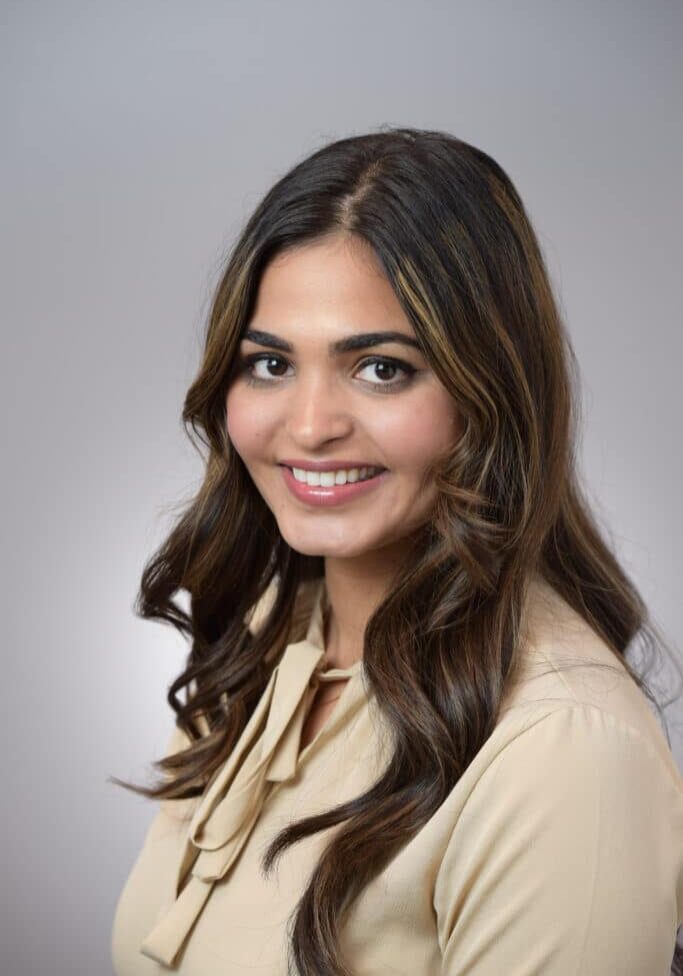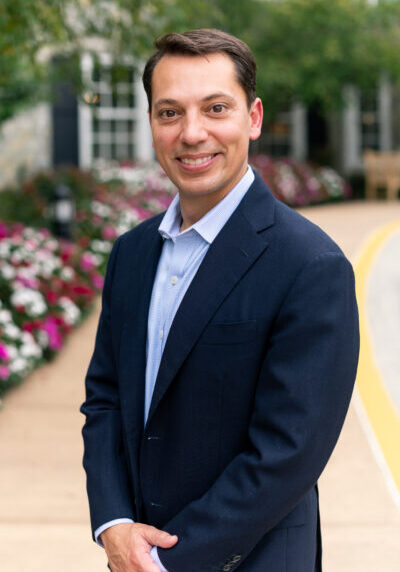Periodontology Anatomy - Free gingival margin

- Gingiva
- Periodontal Ligament (PDL)
- Cementum
- Alveolar Bone Proper
Each of these components are distinct by their location, architecture and biochemical properties. Components that adapt throughout the structure’s lifetime. For example, as teeth respond to various forces, bite or migrate medially over time, the bone structure resorbs on the pressure side and is added on the tension side. Cementum also adapts to any wear applied to the occlusal surfaces of the teeth by apical deposition. The periodontal ligament itself is located in an area which has high turnover. This allows the tooth to not only be suspended in the alveolar bone, but to also respond any forces which are applied. While they are seemingly static and each has their own independent function, each of the components function together as a working unit.
The free gingival margin is the area located in between the sulcular epithelium and the epithelium of the oral cavity. This interface exists at the most coronal point of the gingiva. This is also referred to as the crest of the marginal gingiva.
As depicted in the image, the gingival margin (F) is the most coronal point of the gingiva. It is demonstrated as the top of the pink arch. The sulcular epithelium within the gingival sulcus (G) is located on the left and the oral epithelium (E) is located on the right.
Because the short portion of the gingiva exists above the height of the underlying Alveolar process of maxilla, it is moveable. Due to the gingival fibers such as the dentogingival and circular fibers, however, the free gingiva remains against the surface of the tooth unless it is pushed away. The free gingiva can pull away as the result of a periodontal probe or from the bristles of a toothbrush.
Gingival retraction or recession
Gingival retraction or recession occurs when there is a lateral movement of the gingival margin in the direction away from the surface of the tooth. When this is done intentionally, it is called gingival retraction. In these intentional cases, it is often performed through the use of mechanical, chemical or electrical means in order to perform specific dental surgical procedures. When this movement occurs spontaneously or unintentionally, it is typically called gingival recession. In these cases, it can indicate the presence of underlying inflammation, the formation of a pocket or the displacement of the marginal gingivae away from the tooth through mechanical, chemical or surgical means. It may also expose the roots of the teeth, which is similar to that which occurs in gingival recession.
Gingival retraction paste
The use of gingival retraction paste has been quite successful in providing a dry field and inflicting the least amount of injury to the surrounding periodontium.
